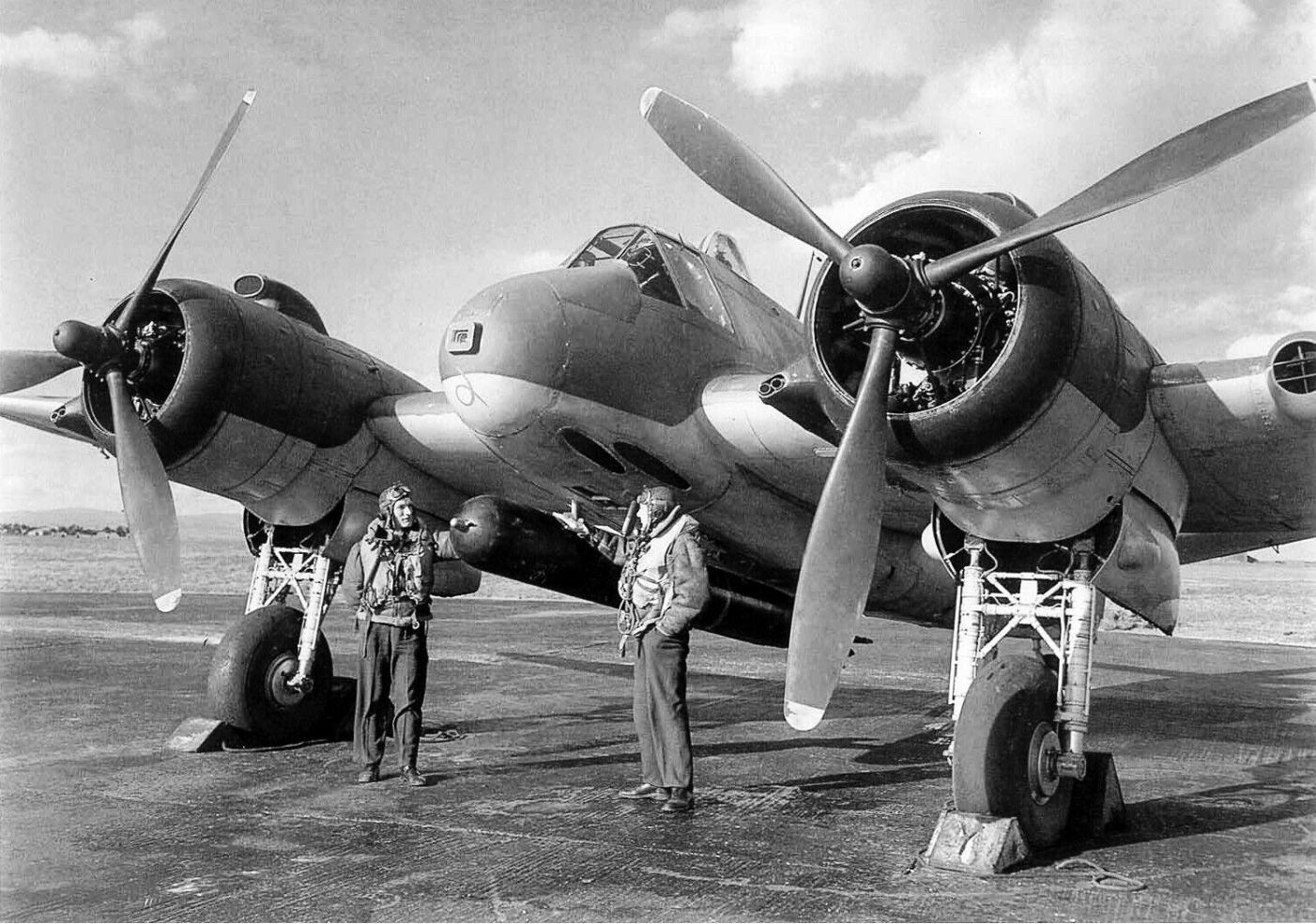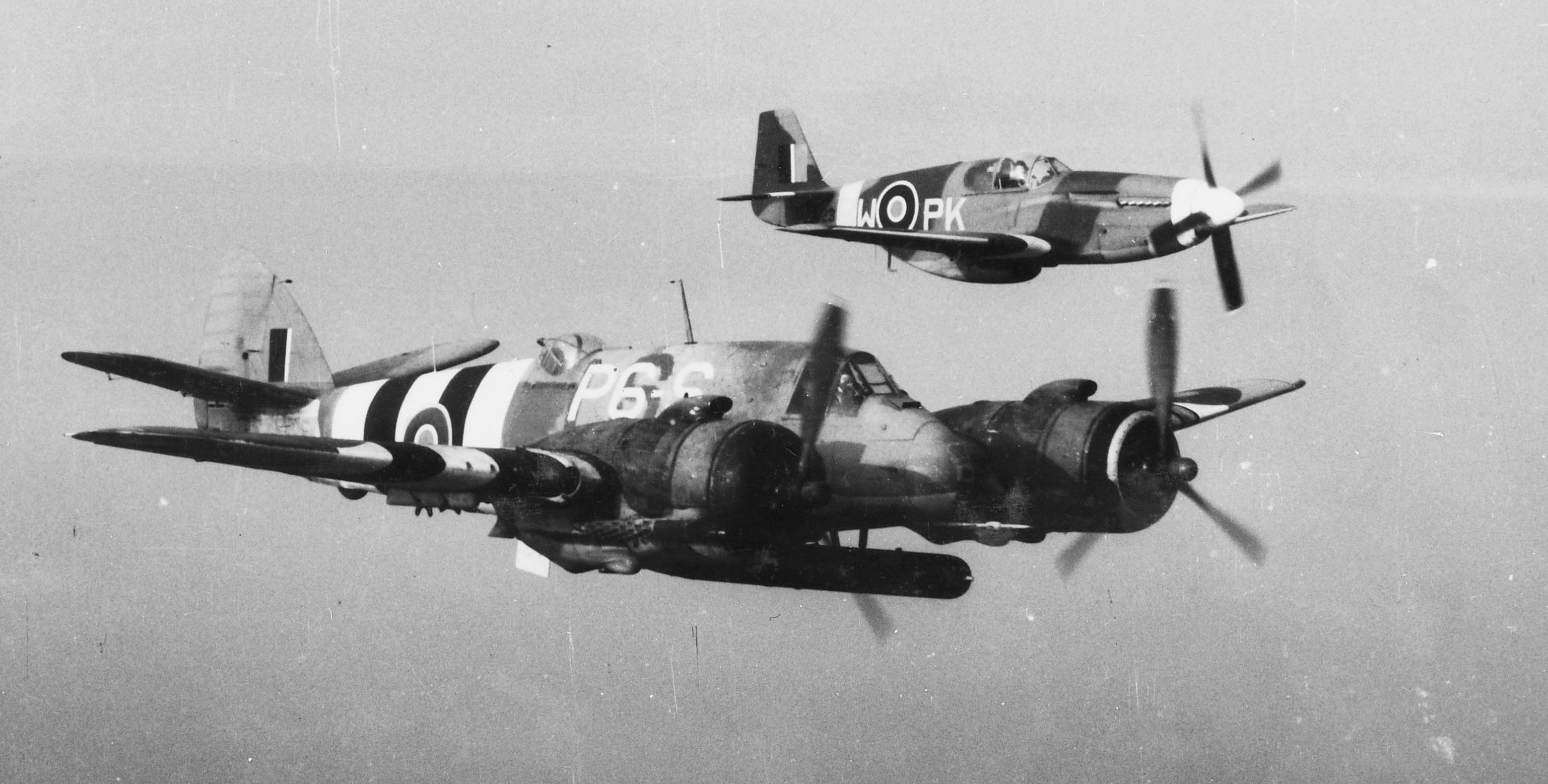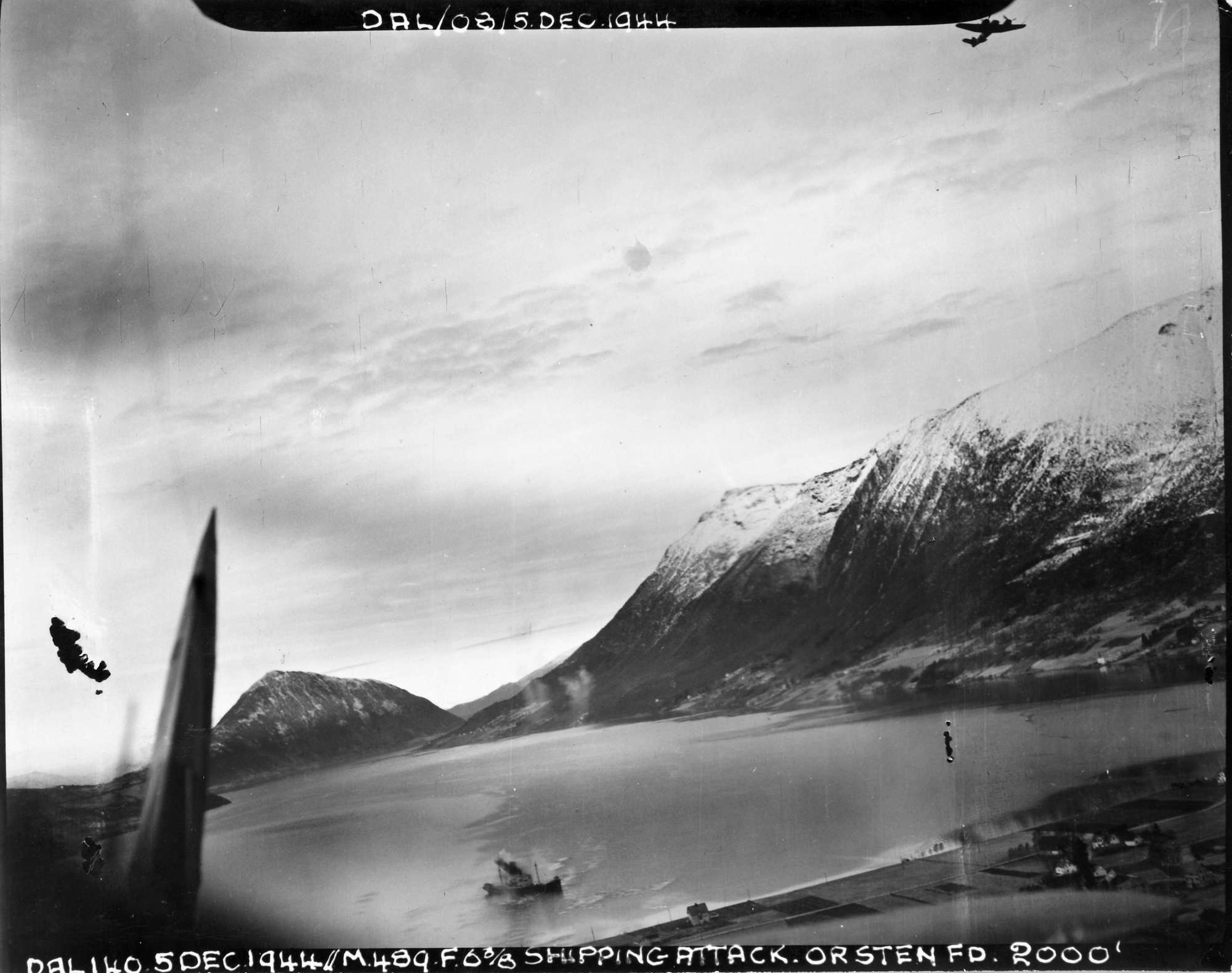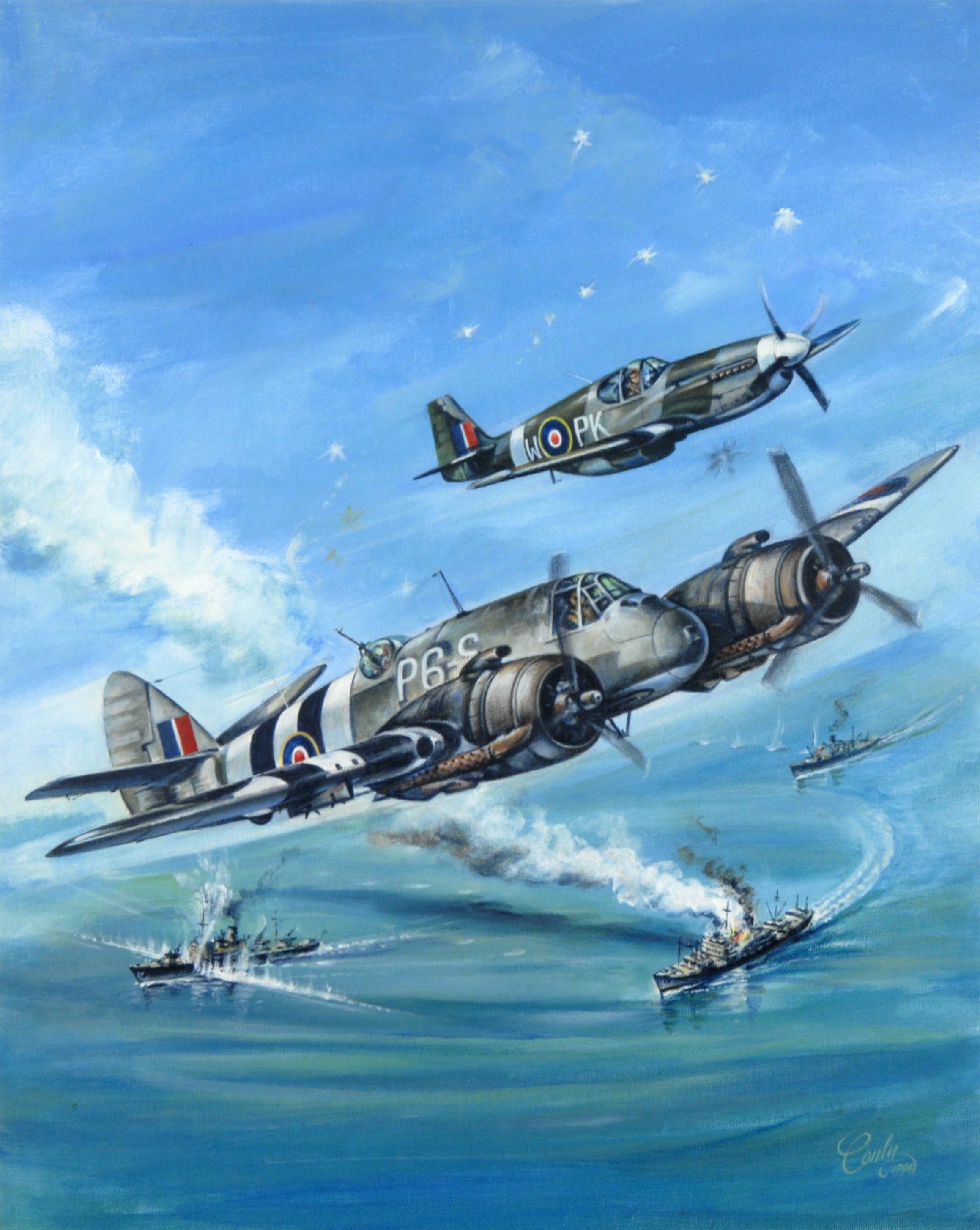Here at LSOZI, we are going to take off every Wednesday for a look at the old steam/diesel navies of the 1859-1946 time period and will profile a different ship each week. These ships have a life, a tale all of their own, which sometimes takes them to the strangest places.
– Christopher Eger
Warship Wednesday July 2 Helen’s daughter
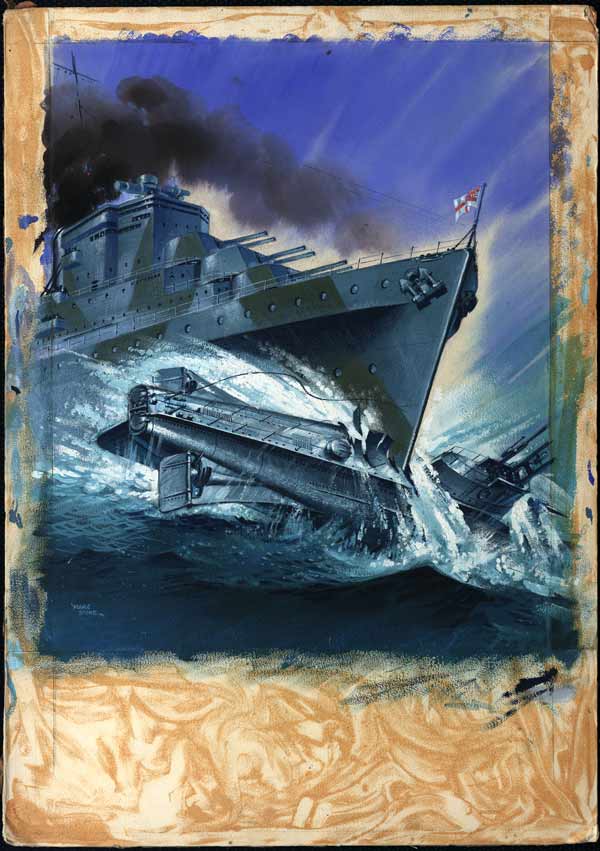
Here we see the British Dido-class light cruiser HMS Hermione (Pennant 74) of the Royal Navy slicing through the Italian coastal submarine Tembien like butter on 2 August 1941, west of Malta. The (gouache on board) artwork is entitled, “A British cruiser ramming an Italian submarine” by Marc Stone. It is in the collection of the UK National Archives.
The 16 ships of the Dido-class, built to a prewar design, were some of the most modern fleet escorts in the Royal Navy and found themselves at the sharp end of the spear throughout World War Two. Originally designed to be a svelte 5700 tons, with a 1:10 length to beam ration (512-feet oal, 50-foot abeam), they were fast (33-knots) but lightly armored ships capable of swatting away aircraft, light combatants, and submarines from the fleet proper. Armed with ten rapid-fire 5.25-inch (133mm) guns in five dual-mounted turrets, as well as two sets of triple torpedo tubes, they were basically just really big destroyers– with a little bit of armor.
Where they had an advantage was in a 4000-nm cruising range of 16-knots, which enabled them to cross the Atlantic at a fair clip. This made them perfect for escorting convoys to places like Malta, Cyprus, or across the big pond.

The Dido‘s were all named after classical history and legend (e.g Black Prince, Bonaventure, Charybdis, Naiad, Spartan, et al) which made cruiser number 74’s name after Hermione, the daughter of Menelaus and Helen in Greek mythology, logical. As such, she was the Royal Navy’s third ship to carry that moniker, the first a Napoleonic war 32-gun frigate, and the second being a WWI-era Astraea-class protected cruiser, both with somewhat unlucky histories. The frigate’s crew had mutinied and surrendered to the Spanish while the old cruiser had grounded herself at least twice and was too obsolete to take an active part in the Great War.

The third would be the unluckiest of all.
Laid down at Alexander Stephen and Sons in Glasgow, Scotland in 1937, the war started before Hermione was commissioned on 25 March 1941. With just a few weeks in service, she was part of the Bismarck hunt, and served on the Northern Patrol in the Atlantic for two months. Rushed to the Med where the Royal Navy was fighting for its very life alone against the Italian, Vichy French and German forces there, she joined 1st Cruiser Squadron Force H, protecting the lifeline convoys running from Gibraltar to Malta and back, then convoys from Malta to Alexandria.

The (Town class) cruisers HMS Edinburgh, along with the Dido-class sisters HMS Hermione (center), and HMS Euryalus, steaming in line abreast whilst they escort a convoy as part of Operation Halberd, at the time the largest resupply effort to Malta, to which the entire Italian navy sortied to attempt to stop.
These runs carried fighters to Malta, oil and supplies to Montgomery’s troops fighting Rommel in North Africa, and other valuable commodities. As such, Hermione shot down attacking dive bombers, endured endless hours on alert for U-boats and fast attack craft, and had her ‘turn in the barrel’ everyday for over a year running this gauntlet.
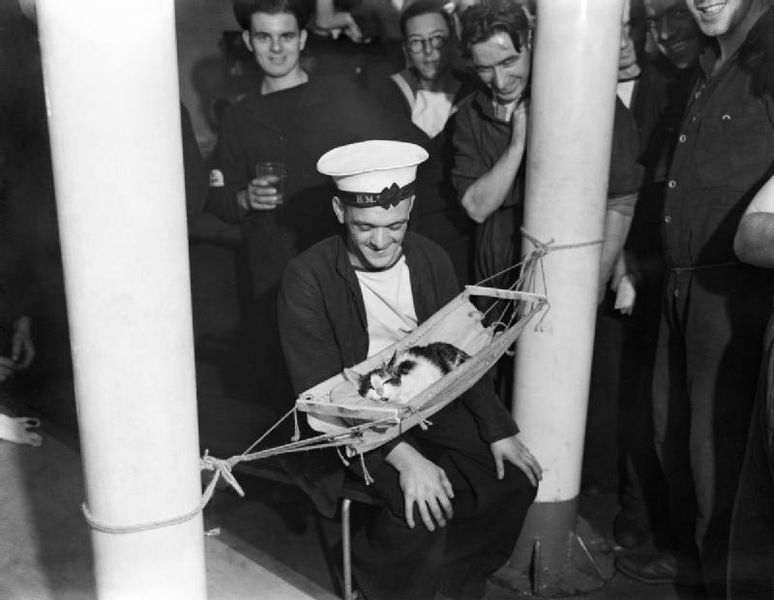
The ship’s good luck charm “Convoy“, Hermione‘s ship’s cat, sleeps in his own hammock whilst members of the crew look on
On the night of Aug 2, 1941 Hermione encountered the Italian Adua-class submarine Tembien on the surface preparing to send a brace of torpedoes into the precious carrier HMS Ark Royal. Had the Ark been sunk, British naval power in the Med would have changed for the worse. It was on that evening the daughter of Menelaus sliced the Roman shark in two, sending her to the bottom.
*Sidebar on the unlucky Adua-class boats of the Regia Marina: These plucky 800-ton, 200-foot long vessels were well-designed but their crews were unprepared for war against the Royal Navy, which had a long tradition of killing submarines operating close to their ships. Of the 17 Adula’s operational during World War II, 16 were lost, almost all to the RN. The class did not chalk up many kills for all of their reckless bravado.*

For her role in sinking the Italian submarine, the cruiser Hermione was immortalized in wartime martial art, which was soon turned into war propaganda posters. Tragically, the cruiser had already met her own fate before the ink was dry on these posters.
Assigned to the 15th Cruiser squadron in the eastern Med, she came face to face with a boat who had already tried to sink her once the previous winter. On 16 June 1942, she was sunk after being torpedoed just off Alexandria by the German U-boat U-205 with a loss of some 85 of her crew.

Commanded by Kptlt. Franz-Georg Reschke, U-205 herself the subject of a blood vendetta by the Royal Navy, who sent her to the bottom near the coast of Libya 17 Feb, 1943, with the destroyer HMS Paladin finishing her off.
The Hermione‘s name was issued to a Leander-class frigate (F58) in 1967, a ship that by all accounts had a lucky and safe thirty-year life and whose crew share a reunion and remembrance association with that of the lost WWII cruiser.
Specs:

Displacement: 5,600 tons standard
6,850 tons full load, wartime overload, 7700-tons.
Length: 485 ft (148 m) pp
512 ft (156 m) oa
Beam: 50.5 ft (15.4 m)
Draught: 14 ft (4.3 m)
Propulsion: Parsons geared turbines
Four shafts
Four Admiralty 3-drum boilers
62,000 shp (46 MW)
Speed: 32.25 knots (60 km/h)
Range: 1,500 nautical miles (2,780 km) at 30 knots
4,240 nautical miles (7,850 km) at 16 knots
1,100 tons fuel oil
Complement: 480 (more added in 1941 to man additional AAA guns)
Armament:
Original configuration:
10 x 5.25 in (133 mm) guns,
2 x 0.5 in MG quadruple guns,
3 x 2 pdr (37 mm/40 mm) pom-pom quad guns,
6 x 21 in (533 mm) torpedo tubes (2×3).
1941 – 1943 configuration:
10 x 5.25 in (133 mm) dual-purpose guns (5×2),
5 x 20 mm (0.8 in) single guns,
8 x 2 pdr (37 mm/40 mm) pom-pom guns (2×4),
6 x 21 in (533 mm) torpedo tubes (2×3).
Armour:
Belt: 3 inch,
Deck: 1 inch,
Magazines: 2 inch,
Bulkheads: 1 inch.
If you liked this column, please consider joining the International Naval Research Organization (INRO), Publishers of Warship International
They are possibly one of the best sources of naval study, images, and fellowship you can find http://www.warship.org/
The International Naval Research Organization is a non-profit corporation dedicated to the encouragement of the study of naval vessels and their histories, principally in the era of iron and steel warships (about 1860 to date). Its purpose is to provide information and a means of contact for those interested in warships.
Nearing their 50th Anniversary, Warship International, the written tome of the INRO has published hundreds of articles, most of which are unique in their sweep and subject.
I’m a member, so should you be!
